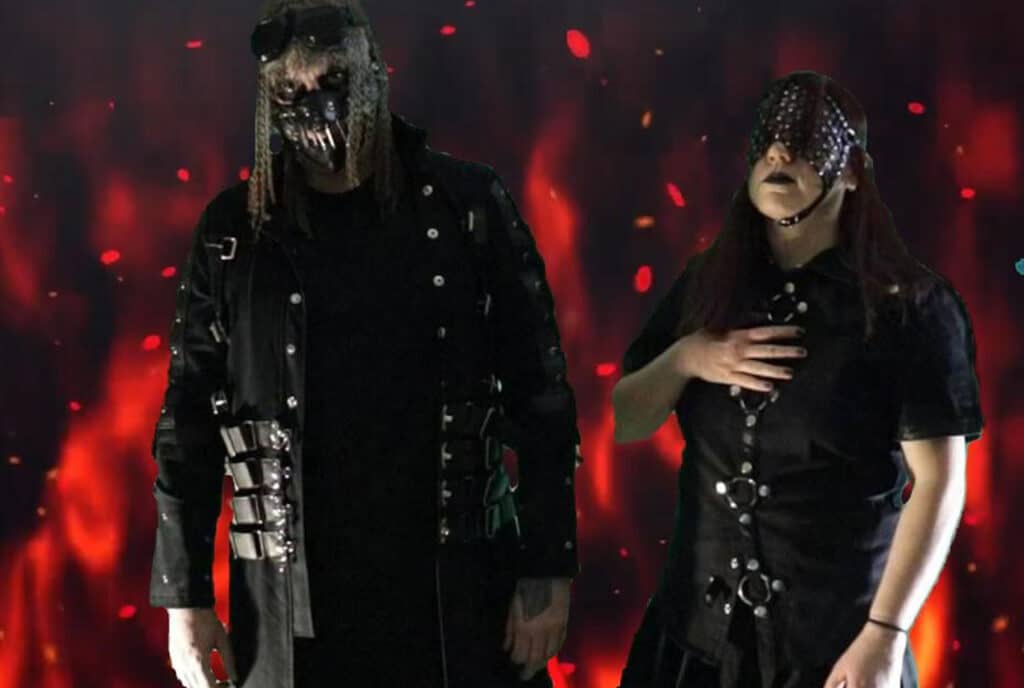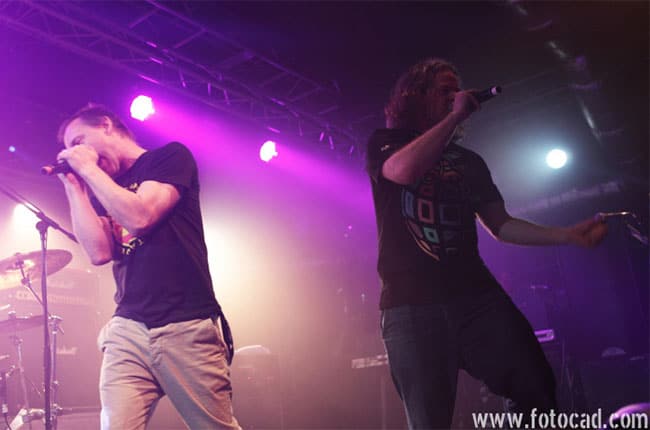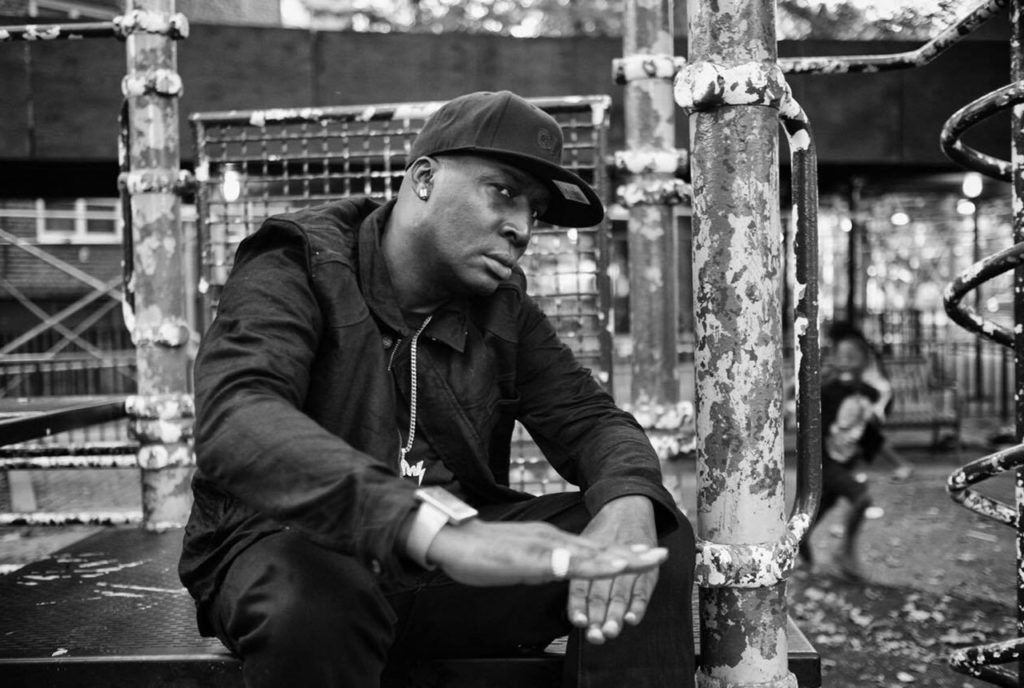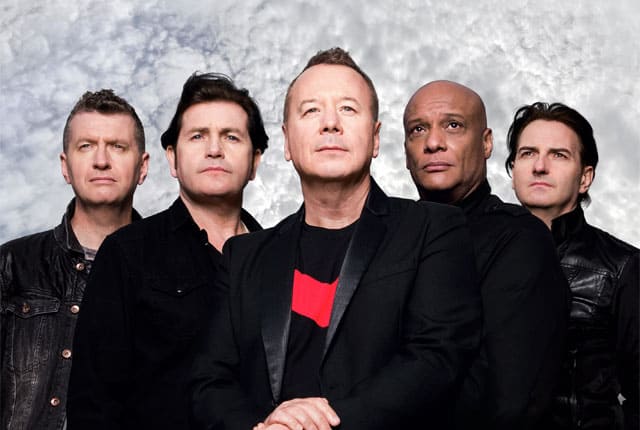Formed in 1978, Comateens were one of NYC’s earliest synth-punk bands. Two of their early songs, “Danger Zone” and “Elizabeth’s Lover,” have recently been reissued by the label Left for Dead. Bassist/vocalist Nicholas West and guitarist Ramona Jan founded Comateens, with Lyn Byrd soon after joining on vocals and synthesizer. Ramona left the group in 1980, going on to projects such as Dizzy and the Romilars, Venus Fly Trap (who sang with David Johansen’s Buster Poindexter act) and JANTURAN. Comateens continued, with Nick’s brother Oliver joining, and released three albums in the 1980s. The band split following Oliver’s death in 1987.
Originally released in 1979, “Danger Zone” was the first commercial single from Comateens (there had previously been a privately cut acetate single of “TVC15” and “I Try” created for NYC jukeboxes.) While Ramona had re-recorded “Elizabeth’s Lover” later with Dizzy and the Romilars, this original version from her time with Comateens had never been released.
Over a Zoom interview, Ramona and Nick discussed the re-release and the early years of Comateens.
How did this reissue come about?
Ramona: Well, first of all, Nick and I hadn’t really been in touch for a very long time. Pretty much since I left the band, except for an occasional run-in and clubs and such. So what happened was Nick contacted me because Cherry Red Records wanted to re-release the same songs, but at the same time, Left For Dead had approached us. We went back and forth for a long time, and decided on Left for Dead.
Was this something you had considered doing at all before the labels approached you?
Ramona: Not at all. How about you, Nick? Were you thinking about that?
Nicholas: Well, these tracks, I’ve always wanted to release them, but I didn’t know how. And since I was not in contact with Ramona very often, I felt shy about contacting her and bringing it up, and I didn’t really know what to do. And we had released half of these tracks on our own self-released single in 1979. We printed a thousand copies of this, and we distributed them to New York City record stores. So the actual physical vinyl 45 existed already. But this project, I didn’t really know how to do it. And I was glad when Cherry Red contacted me, then I thought, well, I better talk to Ramona about this. And that’s how it got started. But no, we had no plan to do it before.
Ramona: I didn’t even remember that “Elizabeth’s Lover” was recorded, actually. That was a surprise to me. Nick is the archivist and he has everything over there, wherever that is.
What are your thoughts on the way that reissues like these are very much collectible? Many people buy them and don’t actually listen to the vinyl. They have it as an item to collect and just listen to the music digitally.
Nicholas: I think it’s fantastic. I think whatever gives people pleasure with records is great with me. I personally miss the vinyl era. I think downloads are a very boring support for music. I loved albums. I loved looking at album covers while I was listening to the record. I loved the ritual of putting on a record. It forced you to listen to it instead of putting it on as background music. There’s nothing I don’t like about vinyl, and I still have all my vinyl and I have a turntable and the whole thing. So yeah, I’m all for it. I think it’s great. I even like it better than CDs. With CDs, the artwork was always blown down to microscopic size, and it took away the pleasure for me of the album cover.
Ramona: Which I feel like I should mention that this record comes with a very large poster on the back, and it’s a square one. It’s beautiful. And then on the back we have liner notes that Nick and I wrote. So it is like a vintage experience,
Nicholas: And I’m very proud of that. I’m very happy with it.
Ramona: Yes. And I want to just add that I’m going to be the one that doesn’t play it and just keeps it.
Nicholas: I bet you haven’t taken the plastic off, have you, Ramona?
Ramona: I haven’t taken the plastic off of many records from the past. For example, the Ramones, some of the Ramones records that I worked on, they’re there, with plastic on them.
What are your thoughts on going back and listening to this in the context of how the band’s music evolved from then?
Nicholas: Well, there are two iterations of Comateens, and this band on this record is the first iteration of the band. But even there was an iteration before what was on this record where we were playing just a guitar, a bass, and a rhythm box. We had no synthesizer. We had no drummer. So this is kind of a mid-iteration of the group. And then when Ramona left, it became a whole other thing where it became a dance band. And so this is a mid-iteration, which lasted not very long, but we made some great recordings like this. And when I listened to it, it brings me right back to those times instantly.
You were early adopters of using drum machines and synthesizers. What drew you to them and what was it like working with the more primitive technology at the time?
Ramona: I’ll speak on that practicality. And also, Nick is a trained musician. I am not, or was not at the time. And so he worked in a subtractive way, and I worked in an addition way because I had to work up to his ability. And so somewhere we had to meet in the middle. I don’t know how to explain it, but back then I didn’t even consider things like, I couldn’t jam or anything like that. Nick could pick up the instrument and immediately figure out some part to it. And I had to be a little more creative with the instrument and didn’t really even know names of chords or anything, or necessarily fingerings. I would make my own stuff up. So it was more of a noisemaker for me. So noisemaker meets classically trained musician, and that happened in the Velvet Underground and other bands. I think it makes a great combination.
Nicholas: But I always tell the story, part of the attraction to that was that we could fit all of our equipment into a taxi cab. Because drummers were the biggest pain in the ass as far as getting to a show. You had to hire a van and they had to meet them, and they loaded their stuff in there, and it took two hours to break it up and to set it down. And we just wanted to be efficient. We wanted to get into a car with our little instruments and go to a gig and then go home.
Ramona: In some ways, we were like a toy band, and certainly in the very beginning we were a toy band. We became, I would say, a cartoon band with “Danger Zone” and “Elizabeth’s Lover” a little bit more than a toy band.
Did working with the technology pose any challenges?
Ramona: No. I was an audio engineer, and Nick was very familiar with that stuff too.
Nicholas: The first drum machine belonged to Ramona’s father. He was an amateur musician, and he liked to play along with it. It was one of those little boxes that did a Bossa Nova beat and that kind of thing.
Ramona: Nick, do you remember the names of the beats? I know there was Rock One and Rock Two, which we used.
Nicholas: It was Pop, Rock One, Rock Two, and Bossa Nova. I think there was Tango as well.
Ramona: We never used Tango, but there was Surfing. I think we did use Surfing once in a while.
Nicholas: So there were six buttons and little square buttons, and we would choose one and choose the tempo, and that’s it. We didn’t try to tweak anything.
Ramona: It wasn’t possible to really tweak anything. This was just something that you might take out of an organ. His original drum machine probably came out of an organ, and then he bought this Korg Mini Pops.
You’ve both gone on to do a lot of different things. What from your time as Comateens do you think you’ve continued to draw from?
Nicholas: Well, I can say that the minimalistic experience of the Comateens still affects me to this day because I’m still a songwriter, and I still use that attitude toward what I’m doing to strip away any bullshit that I feel I’ve put into my work and to constantly refine and get back to essentials. And that’s what that band was about, and that’s what I still do in my work today. .
Ramona: I feel like, and I think Nick will agree with this, and I’m not trying to blow my own horn, but I think I was kind of the essence of the band in the beginning because I was doing music out of emotional angst, not because I had learned an instrument or anything like that. So that’s how I approach music even to this day. Although now I have some more skills, but being the instrumentalist or the best this or that is not really my focus. I’m more along the lines of a … maybe like Brian Eno. My approach to music is more about what can I can do sound-wise with the instrument and all that. I think I’ve always had that, and nothing has changed for me in that because I can’t be anything else. I am actually taking drum lessons; these are my first musical lessons ever, right now, but it’s a very unusual drum. It’s called a handpan, and it’s only been around for about 20 years. So this is my first foray into actually taking lessons, which is really frustrating for me. I don’t have the patience for it, so I do my lessons and then I just improvise.
Nicholas: I would say that, when I first started working with Ramona, I was amazed by the fact that she had no musical influences whatsoever. I listened to a million things, and she listened to nothing.
Ramona: And I still listen to nothing, which is why I won’t take the records out.
Nicholas: She just made music from the ground up with no previous influences.
Ramona: And some of the songs like “Separate” Nick has sent me. He kept all the things we recorded, and we did this song called “Separate,” which has never been out, but it’s just a combination of punk and jazz in my view. And I know that it just came out of the air because I didn’t listen to music, as he said. So what happens when you don’t listen to music and you just want to express yourself in song? You don’t have anything to copy or mimic.
Where did the name Comateens come from?
Ramona: So it came from a New York Daily News headline, “Coma Teens Live.” Now, I don’t remember if a friend of ours showed us that, or if I just saw it hanging around. We were very good friends with The Rousers, which is another band that’s been together since 1977. And Bill Dixon was one of the Rousers, and he collected band names. He made lists of band names. And he might have put it down on his list. So something like that occurred. And we needed a band name really quick.
Nicholas: Tell the story of why it was in the Daily News. What was the whole story itself of why that word was used in an article?
Ramona: Yeah, because there were two of them. There were two teens who went into a coma at the same time. It probably was a car accident or something. Both were in the hospital at the same time, and they both woke up at the same time. And I don’t know if they were brothers. They might’ve been brothers. I’ve looked for the article, but can’t find it.
Nick: And we liked it because it was very much of the ethos of downtown New York in the late 1970s. It was dark. It had teens in it, which was pop music and teen culture, but it also had ‘coma’. Everyone was very dark and deadpan about everything, and we liked the whole thing. It just seemed like a great name.
Ramona: And it was just one word. We didn’t like anything with ‘the’, and we’ve corrected people for 40 years, not The Comateens, and it hasn’t stuck yet, but I still correct people.
Is there anything else you’d like to add?
Ramona: I think the only thing I’d like to add is that it’s exciting and almost miraculous after all this time, to have a record come out that we had originally done independently. We walked around New York City and put it in Bleecker Bobs and whatever place would take it. And I don’t even think we even collected money on it. It’s just great that this record company would do such a fantastic job. That there are collectors out there and young people who are interested. It’s a surprise to me how many young people are interested in this era. And also just asking these questions. We didn’t know we were so influential.
Nicholas: Really, we never gave that a thought. But that first single I’ve seen appear on eBay every so often for kind of a high price, and when this comes out, it’ll shoot the value of that to hell.
The single can be purchased from comateens.bandcamp.com. For more info on The Comateens, visit comateens.com.










